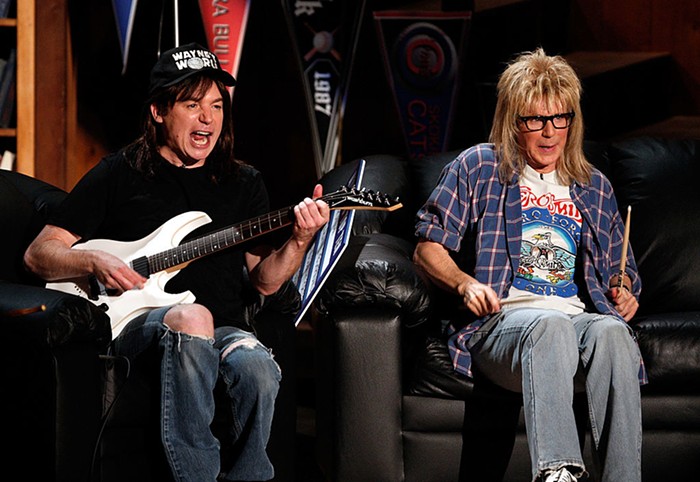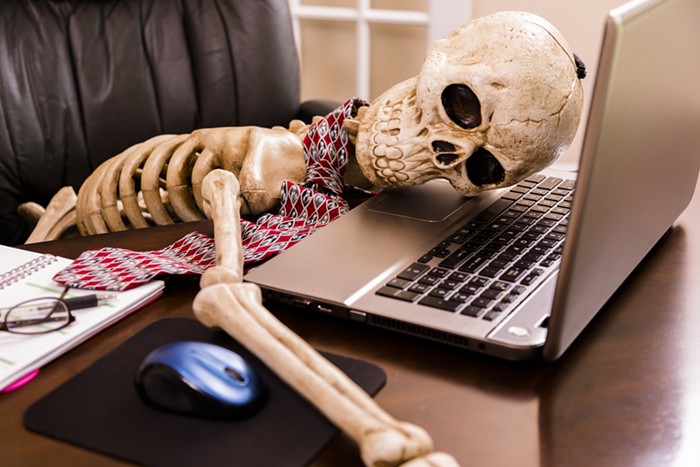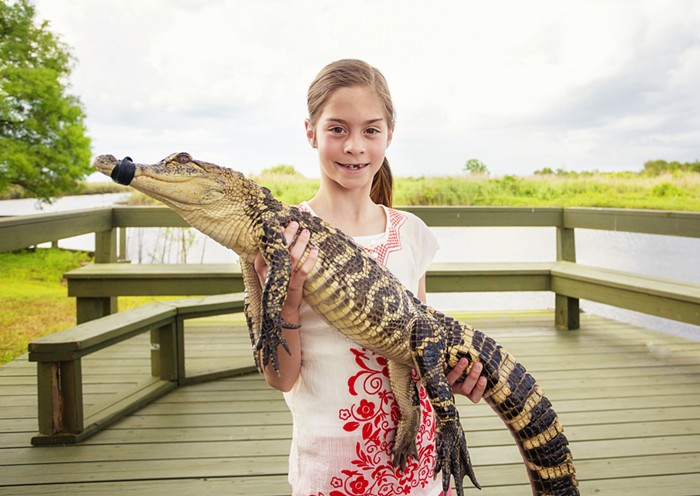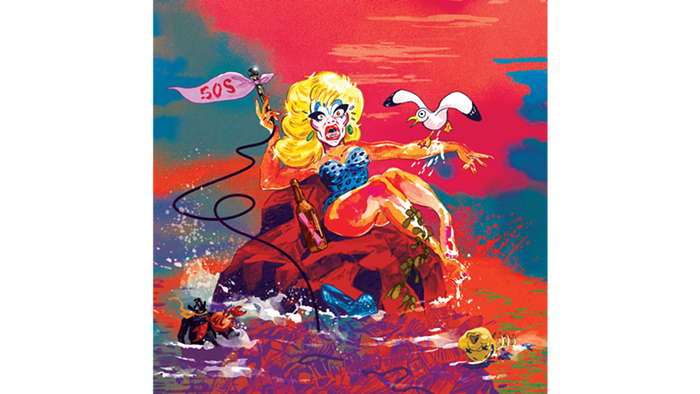After several delays and a minor development scandal, Disjecta's new residence at the Templeton Building under the Burnside Bridge is finally beginning to feel like home. This summer, founder Bryan Suereth and Co. have assembled an impressively diverse program that reminds one just how much the organization has been missed since closing the doors of its NE Russell location in November 2004. And with events that run the gamut from gallery exhibitions to live music, Disjecta's interdisciplinary approach to the arts has a little something for everyone.
So far this summer, the space has debuted On It, an installation by New York artist John Sebastian Vitale, in conjunction with the Saturation exhibition, a gallery adaptation of the most recent issue of Portland Modern. In September, Disjecta will house the first annual Halleluwah Festival: a two-day music festival that will feature such strange bedfellows as freak-folk progenitor Vashti Bunyan and the incomparable Deerhoof. But in the midst of such disparate activity, the most unusual and beguiling component of Disjecta's current programming isn't at Disjecta at all. In fact, it's located just beyond a transfer station (read: dump) in Biggs, Oregon. And to say that there isn't much to see there is an understatement; the artists themselves would likely agree with that sentiment. After all, the last line of the explanatory handout created by artists Annie Han and Daniel Mihalyo, AKA Lead Pencil Studio, thanks visitors for traveling to a "temporary space for nothing in the middle of nowhere."
With Maryhill Double, Han and Mihalyo have created a 6,000- square-foot "spatial enclosure" made of skeletal scaffolding and blue netting that replicates the precise dimensions of the original Maryhill Museum of Art, as it was constructed in 1914. Perched on a bluff overlooking the Columbia River, the Maryhill is as well-known for its collection of Rodin sculptures as the lush, green grounds that surround it. For the artists, the Maryhill's intrigue is wrapped up in the history of Sam Hill, who planned the building as a kind of opulent, classical oasis in the middle of the arid Washington desert. Their spatial framing of an invisible structure is a kind of anti-monument in homage to Hill's eccentric vision.
Initially, Han and Mihalyo wanted to display their work on museum property. After the Maryhill twice rejected their proposal, the two settled on a piece of privately owned farmland that bore a close topographical resemblance to the museum's property. But this site was more than a mile away, across the river in Oregon. As such, the two structures peer across the Gorge at each other. But while the actual museum is a stately Flemish-style building, Double, which received partial funding from the Creative Capital Foundation, is decidedly more modest.
As an aesthetic object, Double is a severe disappointment. Han and Mihalyo's materials are no different than those used by construction crews. But observing that the structure is something of an eyesore sidesteps what it endeavors to achieve. Double creates an experience that compels visitors to consider space—in the structure's relation to the distant original—as well as the beauty of its sprawling desert setting. Certainly, the latter is the more potent effect created by Double. As in a work like Christo and Jeanne-Claude's Running Fence in California's Sonoma and Marin Counties, the presence of a foreign, man-made structure among uninterrupted nature is disorienting and forces a viewer to observe, perhaps more acutely, the environment it has infiltrated. Though the scale of Double is dwarfed by that of the Running Fence project, Han and Mihalyo's project functions in a similar way. Once a viewer has spent some time staring at the scaffolding and blue netting or peering across the Gorge at the original museum, they begin to see through it and focus more on the environment: rolling hills, glinting water below, and the rustle of wind blowing through the short stands of sagebrush. All the while, the structure begins to appear much smaller in comparison to the breathtaking vista of the Gorge.
Given that Double requires commentary and some knowledge of the Maryhill Museum to be fully appreciated, Disjecta conducts visits to the site as guided bus tours. On two Sundays of each month until October 1, visitors can sign up to visit both the Maryhill Museum and Double on an eight-hour round-trip. That might sound a lot like a grade-school field trip, but, for city-bound art lovers, it's a great opportunity to get out of Portland and encounter beauty that isn't hanging on a wall.












